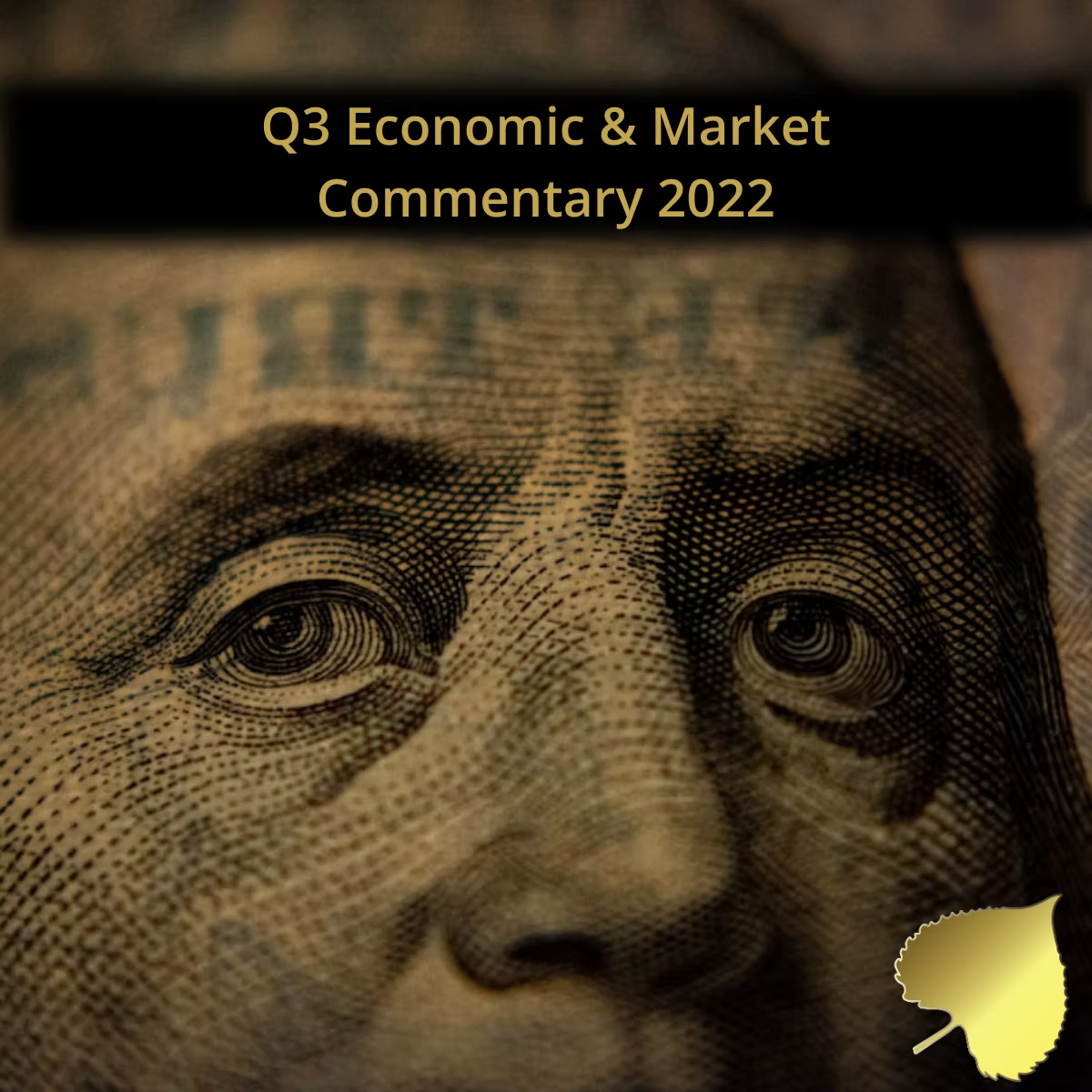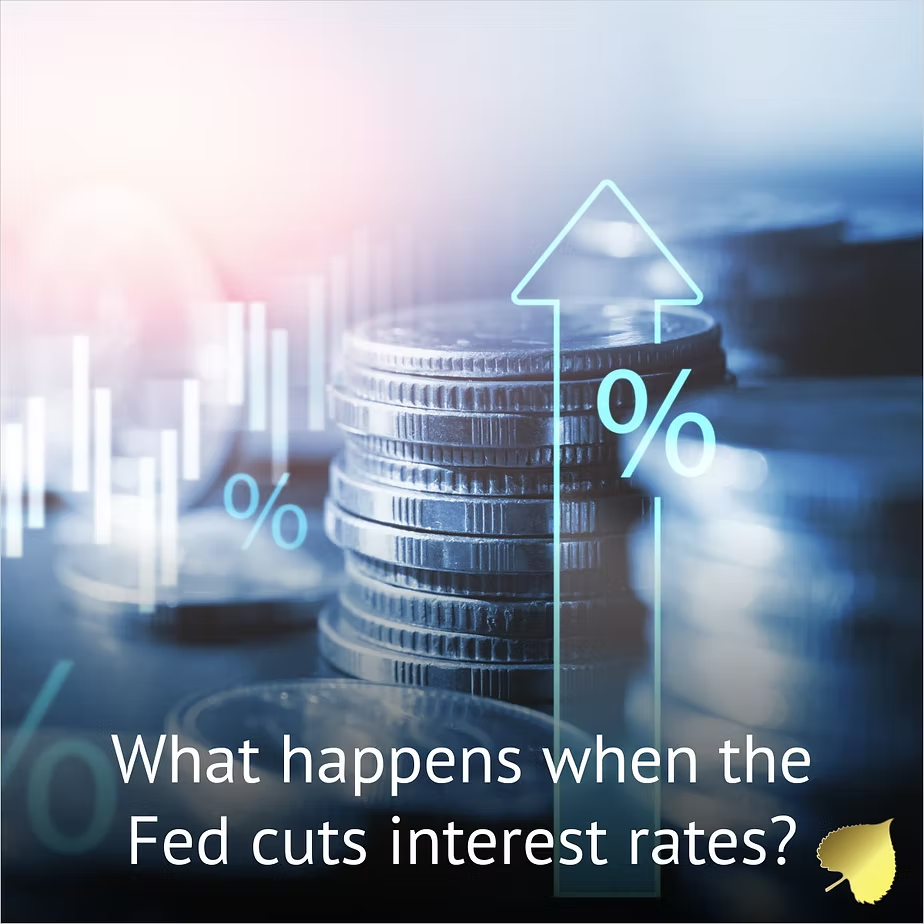ECONOMY
The Federal Reserve maintained their hawkish stance during Q3, sending equities to their low of the year by the end of September.
The equity markets remained volatile in Q3, as a lower month-over-month inflation print from June to July sparked a summer-rally in stocks, on hopes that the Federal Reserve’s swift interest rate hikes had slowed the pace of inflation. However, the August inflation print came in higher than expected, causing equities to revert to their downward trend. The S&P 500 finished the month of September down -9.24%, and the index finished Q3 down -23.93% YTD.
The Fed has remained firm on their decision to raise interest rates in an attempt to tame inflation, increasing the federal funds rate by 75 bps in July, and another 75 bps in September. This has brought the current federal funds rate to 3.00-3.25%, and the Federal Reserve has vowed to continue to raise rates “until the job is done” on fighting inflation.
The continued fear of market participants has been that the Federal Reserve’s aggressive rate hikes will push the US economy into a recession. Fed Chair Jerome Powell has maintained a hawkish tone, noting that combating inflation may require a sustained period of below-trend economic growth. However, economic data has yet to turn in an aggressive manner to indicate we are headed towards a recession, primarily shown by a still very strong labor market.
Q3 corporate earnings will give investors a “look behind the curtain” to see if companies are beginning to feel the pain from the Fed’s actions. We would expect further market volatility as the Fed continues to raise rates over the next few months. However, we believe the Fed is more than half-way through their rate hikes, and as the market begins to look 6-12 months into the future, this drawdown could present some strong buying opportunities in the equity markets.
DOMESTIC EQUITY
Despite the sharp summer rally in US equities, the marginal rise of inflation in August and the Fed’s continued hawkish stance sent equities tumbling in September. The S&P 500 finished the quarter down -4.9% which kept the index in bear market territory for the year. The Russell 2000 (small-caps) fared a bit better than their large-cap counterparts, falling -2.11% for the quarter.
INTERNATIONAL EQUITY
International equity under-performance relative to the US continued in Q3, as inflation issues have roiled the market overseas as well. Additionally, prices of natural gas in Europe surged to a level that could have a drastic impact on European consumer spending. During the quarter, the developed market index fell -10.50%, while the emerging market index fell -11.21%.
FIXED INCOME
The fixed income market continued its historic year to the downside, as the rapid rise in interest rates has put immense pressure on bond prices, specifically at the long end of the yield curve. The Bloomberg U.S. Aggregate Bond Index fell -4.70% during Q3 and is down -14.38% YTD. It should be noted, however, that the rise in interest rates has created attractive opportunities in the fixed income markets, especially in short-term bonds.





